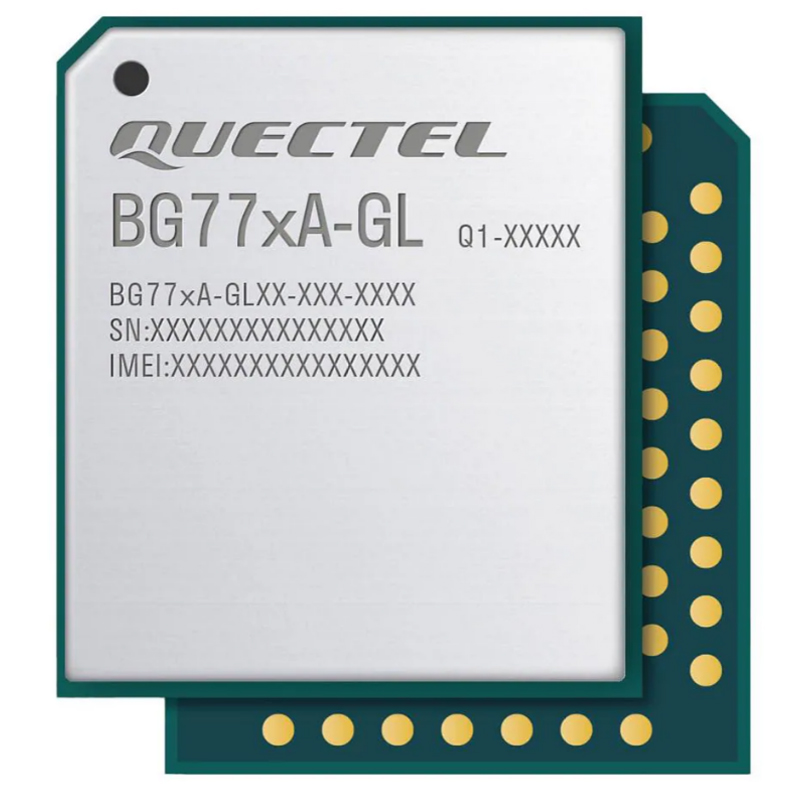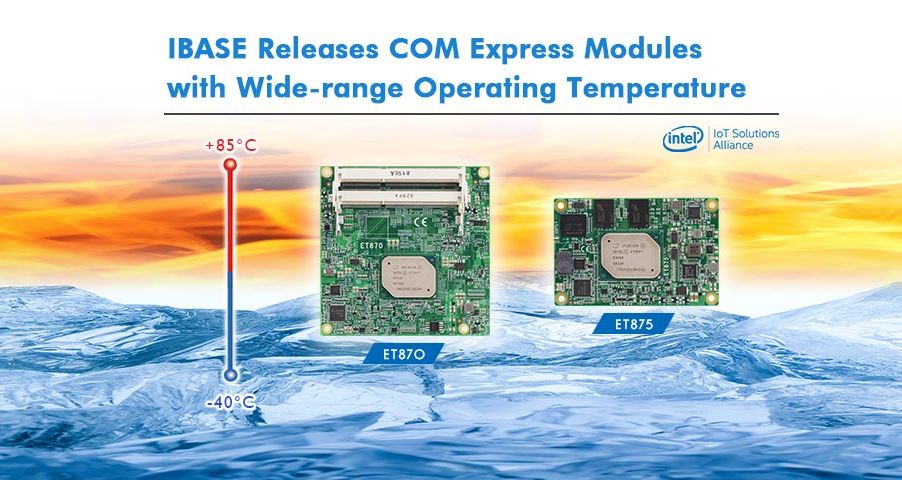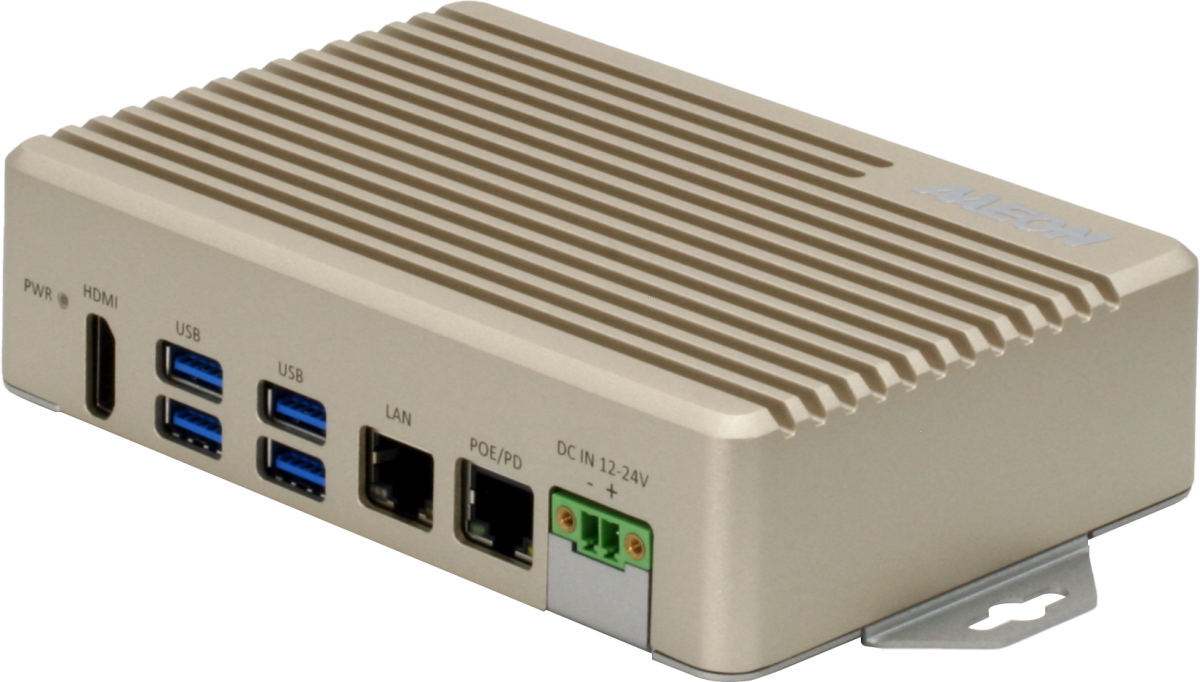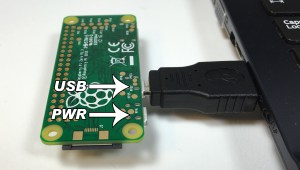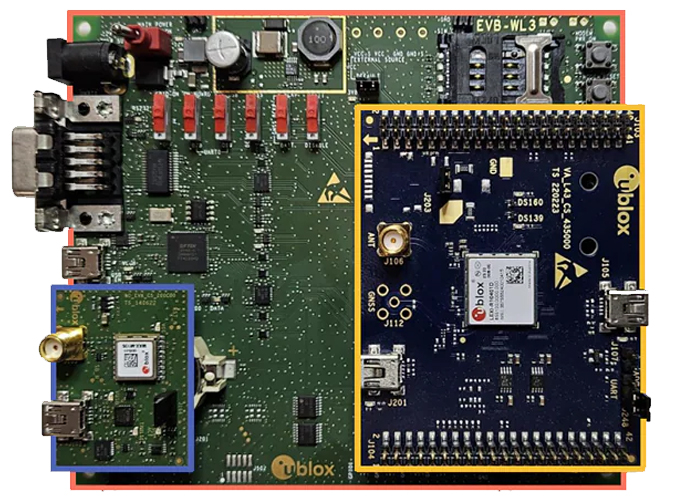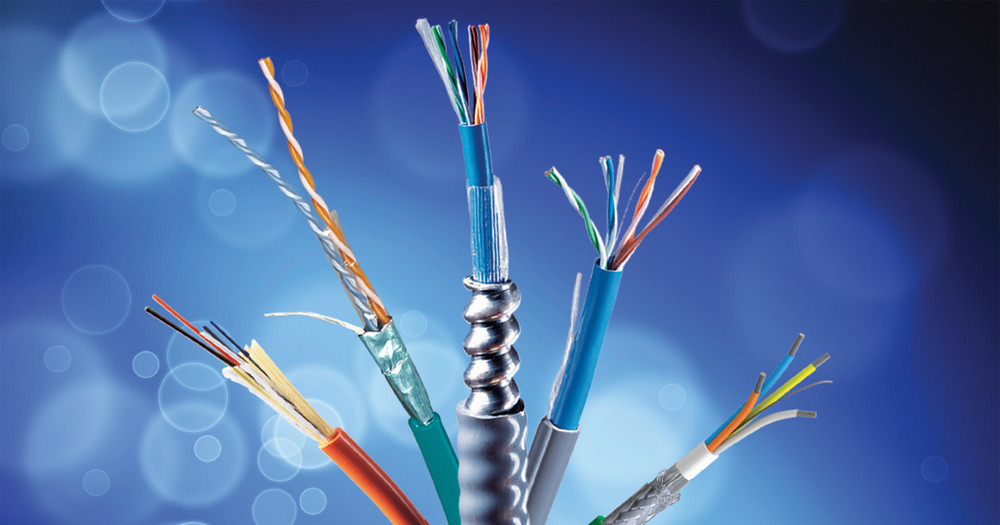
Are you also sometimes not sure whether you are using the correct data cable acronyms that are mostly used for Ethernet? UTP vs FTP, STP vs FTP. Let’s have a look at the difference between them.
Today we already know that if someone 20-30 years ago felt that the Internet would be a “big thing”, they were right.
However, only few seem to have assumed that the Internet would have such a strong impact on industry and the private sector.
In case of industrial applications, the currently evolving “Single Pair Ethernet” (SPE) technology is even more advantageous. It is mainly due to the simplification of installation and significant space and cable costs savings.
Despite the rise of wireless technology, wired installations have their advantages and they remain a major pillar for data communications, especially in industry.
Construction of data cables can be made of solid conductors as well as stranded ones. Solid core cables are suitable especially for fixed installations. Cables with a stranded construction are much more flexible and are especially suitable for flexible installations, production of patch cables and the like.
Thanks to the Internet being used at work and also at home, perhaps everyone has at least heard acronyms used for cables, such as UTP or FTP. However, many times we use the same acronym to refer to quite different cables, which we encounter especially in various articles, blogs, Internet discussions and elsewhere.
Let’s have a brief recap of the meaning and differences between the individual cables, as it is defined in ISO/IEC 11801:200. An explanation of the nomenclature, as well as a clear table, will certainly be of help.





